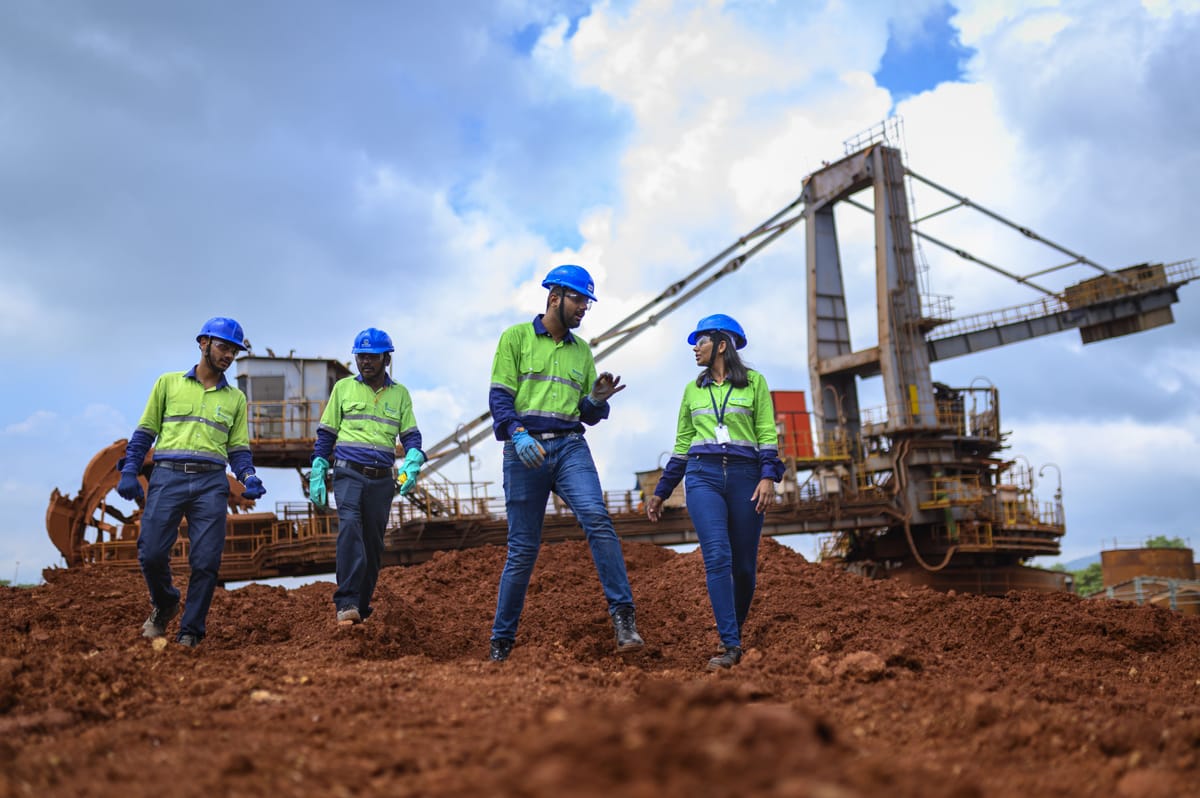Vedanta Aluminium in Partnership with NITI Aayog

Vedanta Aluminium, India’s largest aluminium producer, in partnership with NITI Aayog and leading national institutions, recently hosted a high-level stakeholder meeting to identify sustainable applications for red mud, a key byproduct in the bauxite refining process for making aluminium.
Experts from NITI Aayog and Vedanta were joined by scientists and subject matter experts from the National Metallurgical Laboratory (NML) and the Institute of Minerals and Materials Technology (IMMT) which are under the aegis of the Council of Scientific & Industrial Research, and Jawaharlal Nehru Aluminium Research Development & Design Centre (JNARDDC), Nagpur.
The experts congregated at the 8th joint meeting of the monitoring and steering committee for the project titled Technology Development for Holistic Utilization of Red Mud for Extraction of Metallic Values & Residue Utilization. Bauxite, the primary ore for aluminium, undergoes an intermediate refining stage known as the Bayer process to produce alumina, which is then subjected to electrolysis to produce aluminium. The alumina refining stage generates bauxite residue, commonly known as red mud.
The day-long session focused on the effective utilization of red mud through focused research, development, and commercialization efforts in other industries. As the testing phase of the collaborative project nears a successful conclusion, the session also saw discussions around the latest findings, scale-up plans, strategic roadmap, and commercial viability of the project.
To advance India’s self-reliance in rare earth oxides (REOs), NITI Aayog has identified several secondary resources for rare earth extraction. Interestingly, red mud is a highly promising source of scandium, a material more enriched than native bauxite. Vedanta Aluminium has been working with government, academia and industry to develop technological solutions for the comprehensive utilization of red mud, including as a domestic resource for extracting scandium. The project participants have successfully developed an effective and economically viable technique to extract pig iron, alumina, titania, and rare earth oxides from a sample size of 10 kg. Now, the focus is on commercially scaling up the process and demonstrating its economic viability on larger quantities.
The project is a strong demonstration of the added possibilities that can be unlocked through closer collaboration between public research organizations and private enterprises.
Sharing his views on the initiative, Mr. John Slaven, CEO, Vedanta Aluminium, said, “Critical minerals are pivotal to the global energy transition, which will in turn contribute significantly to a sustainable future for our planet. As we build on our expertise as India’s leading producer of natural resources to also become a leader in critical minerals, technology and renewable energy, we are committed to partnering with both public research organizations and industry peers to identify avenues for collaboration and innovation. This initiative comes as a robust example of our efforts to identify circular economy avenues that contribute to responsible business practices within the mining, metals and manufacturing sectors.”
Scandium is critical for creating advanced aluminium alloys that are widely used in the defense, aerospace, maritime, and automotive sectors. India currently lacks primary sources of these minerals. By harnessing these secondary resources, Vedanta Aluminium is spearheading innovation and driving India towards self-sufficiency.
Speaking on Vedanta’s contribution to the success of the project, Dr. R. Saravanabhavan, Member, NITI Aayog, said, “Odisha accounts for about 50% of bauxite reserves in India, hence, the development of red mud’s effective handling, storage, usage and management is necessary for the advancement of the aluminium industry. I commend Vedanta and all collaborating partners for their collective efforts in researching the comprehensive use of red mud to extract value from it. This endeavour promises to be a significant breakthrough in research and innovation, poised to greatly benefit primary aluminium companies worldwide.”




